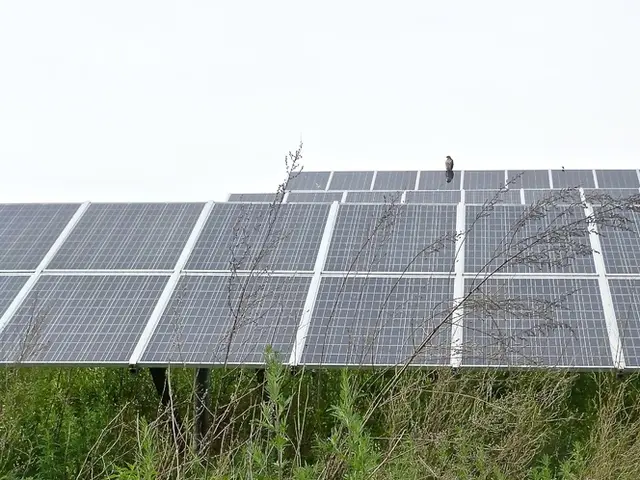Study Reveals Resource Intensity of E-Kerosene Production for 2045 Climate Neutrality
A comprehensive study by PtX Lab Lausitz and Dechema has delved into the raw material requirements for e-kerosene production, a critical step towards Germany's and the aviation sector's goal of climate neutrality by 2045. The research, published recently, offers valuable insights into the resource intensity of this climate transition.
The study, which broke down the e-kerosene value chain into three modules, analysed 144 different technology combinations. It employed a holistic approach, using the Total Material Requirement (TMR) indicator to assess resource use. The modular life cycle assessments (LCAs) enabled comparable statements about the material requirements of various technologies.
The findings highlight the dependence of e-kerosene production on critical metals such as iridium, platinum, and cobalt. However, the specific quantities required for the aviation sector's climate neutrality by 2045 are not detailed in the available data. Future production is likely to use renewable hydrogen and carbon capture technologies, but the demand for these metals could pose challenges in the ramp-up of e-kerosene production.
The study's insights can help determine major influencing factors in the e-kerosene value chain. As Germany and the aviation sector strive for climate neutrality, understanding and managing the resource requirements will be crucial. Further research is needed to quantify the metal demand and ensure a smooth transition to climate-neutral aviation fuel.
Read also:
- Industrial robots in China are being installed at a faster rate than in both the United States and the European Union, as the global market for these robots faces a downturn.
- Galvanize Unveils $1.3 Billion Plan to Fund the Energy Sector's Evolution Pathway
- EAFO Research Uncovers Crucial Elements in Electric Vehicle Adoption within the EU
- Excess Solar Energy in the Grid: Challenges for Photovoltaic System Owners








